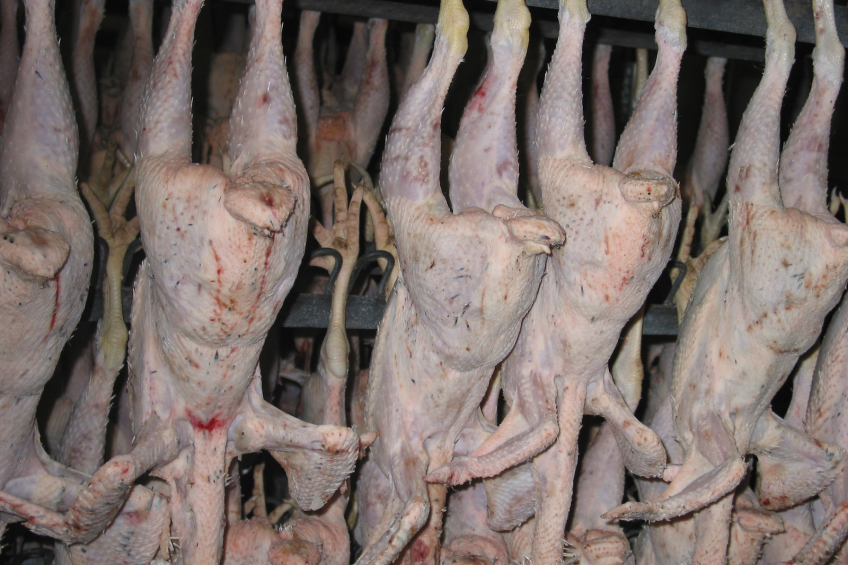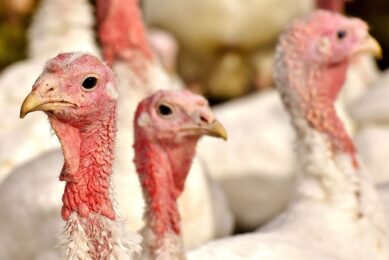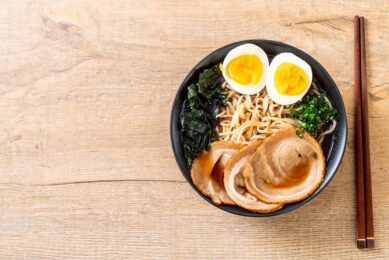Value added turkey and quail meat products

Poultry is already one of the most important ?livelihoods for many in India. Both turkey and quail can be useful alternatives to red meat to sustain the food production in developing countries like India, where the population is growing at an extensive rate and agricultural land is scarce.
Turkey production in India accounts for less than 0.5% of total poultry production, however it is gaining momentum. Turkey farming has received a boost in some states by adopting backyard farming systems for marginal farmers. There are no cultural or religious taboos in most countries in the world associated with turkey. It is the favoured meat of ceremonies, festivals and as highly priced gift items. Turkey meat resembles red meat but is low in flavour, tender and has higher meat-bone ration. In comparison to chicken meat, turkey meat contains less fat but has higher protein content. The cholesterol and phospholipids contents of turkey meat are slightly higher than chicken meat. Although turkey meat production costs are comparatively higher than chicken and selling dressed carcasses directly to consumers is difficult due to the large carcass size and unorganised marketing system, meat from this species can be used profitably in the development of value added meat products like turkey ham, turkey breast fillets, turkey rolls, turkey meat block, nuggets, patties, balls, kebabs, tikka, pickles, and enrobed products.
Rich in nutrients
Quail is another poultry species with an interesting value proposition. The dressed carcass yield is about 70%. Breast and thighs contribute nearly 68% to the total carcass. The breast and legs are considered delicious. Quail meat is a sweet, white game meat of high quality and contains balanced protein and essential amino acids with less carbohydrates. Quail meat is also rich in micronutrients and contains many vitamins including B complex, E and K. Its meat has extremely low skin fat and cholesterol and therefore recommended for people with high cholesterol levels and those who want to maintain a low cholesterol. Due to the tiny size of this bird and its small egg size it makes them favourable for use in the preparation of a variety of value added products like tandoori quails/roasted quails, quail meat pickle and quail egg pickle.
Quail is usually known as a high end product in Western restaurants.
Approaches for value addition
To maximise the profitability in turkey and quail production attention to feed, optimisation of growing, processing and marketing should be paramount. Intrinsic meat quality can be further improved by dietary manipulation. The addition of flax seed in the feed formulation for example could increase the omega-3 fatty acids in the meat which have a protective effect on health. The less efficient feed conversion rate, compared to broilers, can be mitigated though the optimisation of slaughter weight and age. Turkey and quail should be slaughtered at their optimum slaughter weight and age considering feed conversion ratio and meat quality attributes.
The main drivers of profitability can be found in processing and marketing. For one, consumer oriented cuts can help market uptake of the product. Some consumers like leg pieces while others like breast cuts in their food chart. So price should be fixed considering consumers demand and valued cuts. Wings, back and neck are considered as low value cuts, so price should be fixed in such a way that economically poor people can get access to turkey meat. To prevent too high of a price level the development of emulsion based meat products can improve market penetration. Turkey meat products are generally considered highly priced items and many times are very difficult to get at affordable prices by the common man. Inclusion of some non-meat items in emulsion based meat products should cut down the cost of the finished products. Various non-meat ingredients like liquid/cooked whole eggs, vegetables, several cereal flours or wet mince soya nuggets may be added in the formulation. Eggs could be incorporated as whole eggs liquid (WEL) or cooked eggs or in combination up to 20-30% level in the formulation with cost and nutritional advantage. The inclusion of vegetables in the meat system improves nutritional value and functional properties of developed products. The high-fibre, low-fat foods tend to reduce risk of colon cancer, obesity, cardiovascular diseases, and several other disorders.
At the top end of the spectrum the development of chunk based, cut meat products like turkey ham, turkey breast fillets, turkey meat pickles, roasted quails, quail pickle and enrobed turkey and quail bites, cutlets ensure a higher margin. These type of meat products are in wider demand by consumers due to taste, cure colour and flavour development.
To prevent too high of a price level the development of emulsion based meat products can improve market penetration.
Markets for value added turkey and quail products
Burger patties, kebabs and other snacks type meat products are popular in local markets. But nowadays the big market players are launching their products mainly as ready to eat and ready to cook. In fast food or snack type meat products; burger, patties, puff, sticks and meat pizza are also available through franchisee chain of multinational companies like McDonald’s and Pizza-Hut. In the local markets the big players like Godrej, Venkey and Tasty-Bite are placing their ready-to-eat poultry products. Over the last decade the scenario in processing has changed and there are more companies in the both segments (Indian and Overseas) than before. Turkey and quail can profit from these trends, when processed according to market demand. This results in an opportunity for producers to use turkey and quail meat processing and value addition as an important way of income generation. Further, it will contribute towards food sustainability and better a livelihood.













